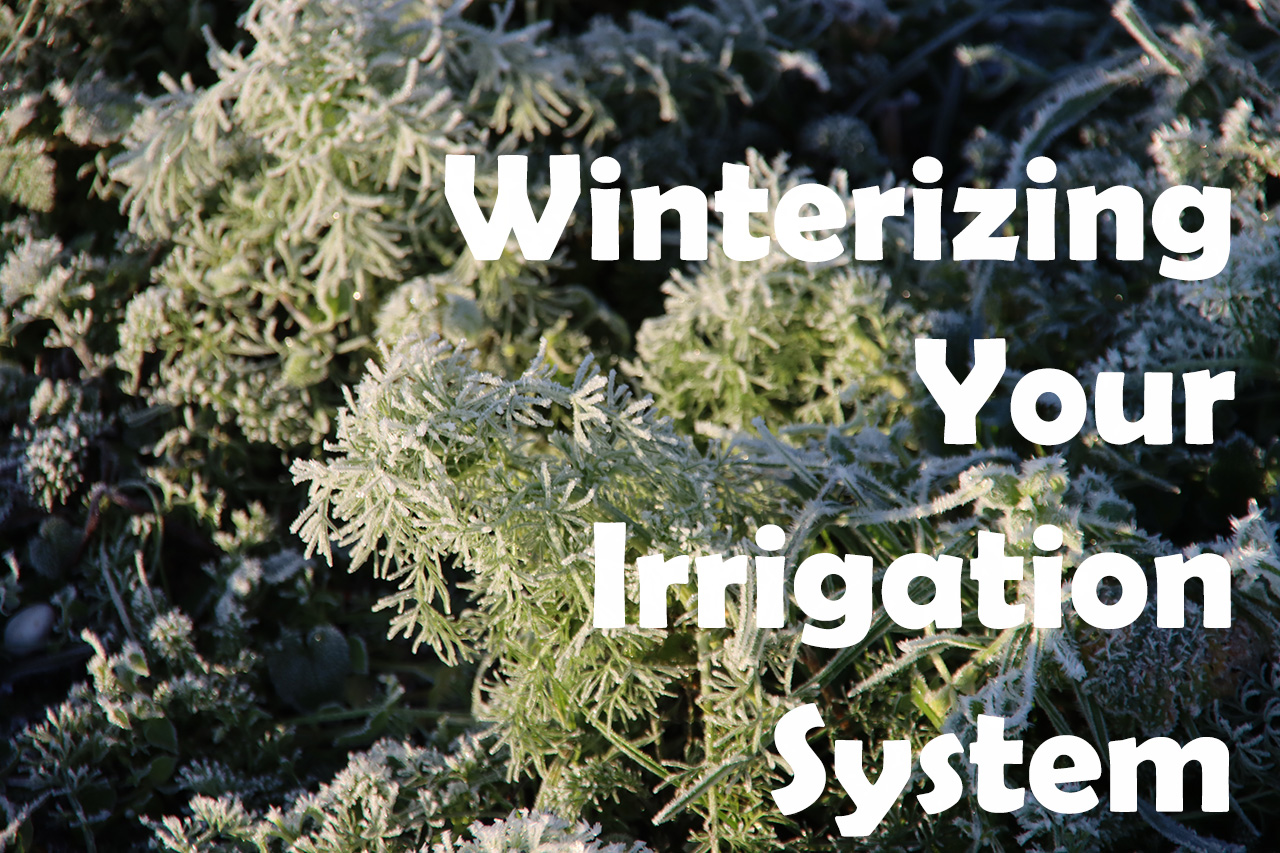Winterizing Your Irrigation System
Dec 15th 2022
Whatever the size of your garden, with the advent of winter, one has to prepare and protect your irrigation system by winterizing it. To winterize your irrigation system means protecting it from the upcoming winter freeze.
The biggest threat to your drip irrigation system is the residual water that may still be inside the hose pipes and fittings.
Let's look at the three primary ways that one can drain residual water from whichever type of irrigation system you use:
- Manual drain system
- Automatic drain system
- Blow-out Method
The method you finally use will be the one that works best on the sort of irrigation system in place.
If this is your first time winterizing your garden irrigation system, you should use the help of a professional service provider. Getting your service request in good time, especially if you live in an area where the freeze digs deep into the soil, is a good idea considering there will be many others with similar needs.
The Manual Drainage System
You may have installed a lawn irrigation system that is preset with a manual drainage system. These systems let you drain unnecessary extra water from the hoses and pipes by directly opening a valve.
Here is a detailed step-by-step process to manually drain an irrigation system.
- Isolate the system and stop the water supply.
- Now check the valve ends of all the pipes.
- All valve ends need to be opened and drained of water.
- Now check the backflow device and ensure you drain it.
One of the more important innovations in this system is sprinklers with check valves. These systems ensure water flows one way only. With this kind of system, lift the sprinklers to drain the water out. After securing the entire network is drained, shut off all the valves.
The Automatic Drainage System
If you have installed an automatic drainage system, then you should know the way this system operates. This system prepares for winterizing home irrigation by automatically draining water from pipes and hoses using valves.
These systems mostly use gauges that monitor the water pressure and will shut down and release water when the PSI drops under a fixed number.
When you want to operate your automatic drainage system, carefully take these steps:
- Shut the water supply down.
- Operate just one sprinkler head for a short time; this will drop the pressure.
- Now the automatic drainage system will kick in.
You will need to do two things:
- Drain water stuck between shut-off valves
- Drain water stuck at the backflow device.
Finally, check if your automatic drainage system has check valves installed at sprinkler heads, these will need to be drained separately.
The Blowout Drainage System
This way of winterizing irrigation systems uses an air compressor and is called the blow-out method.
Draining hoses and pipes involves the use of compressed air that is forced throughout the irrigation system. Excess water is forced out via sprinkler heads. This system only applies to large irrigation systems rated to handle high-pressure water and airflow.
The blow-out drainage system is, in nature, a risky system because it can cause damage to the irrigation system itself and can pose dangers to the operator as well.
If you have never used this system, it is highly recommended that you take every safety precaution that is advised. Always use a professional service provider when you haven't worked with a compressed air irrigation system before.
These three ways of winterizing your irrigation systems all have pros and cons, making it very important to know what method works best for you. Don't make hasty decisions and call for help where available.
This will make the difference when winterizing your drip, lawn, home, or compressed air irrigation system.

